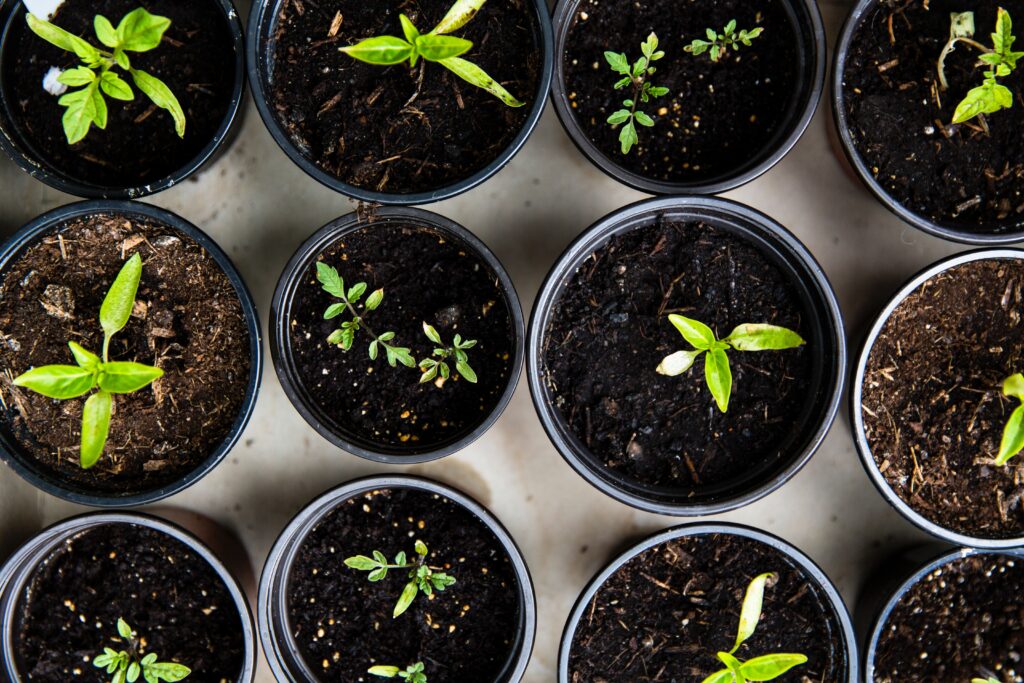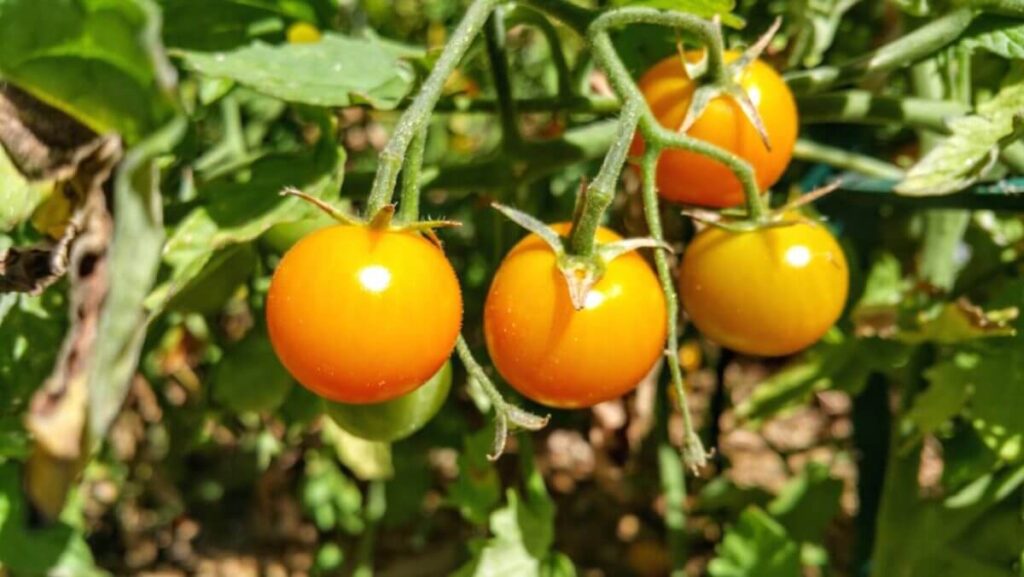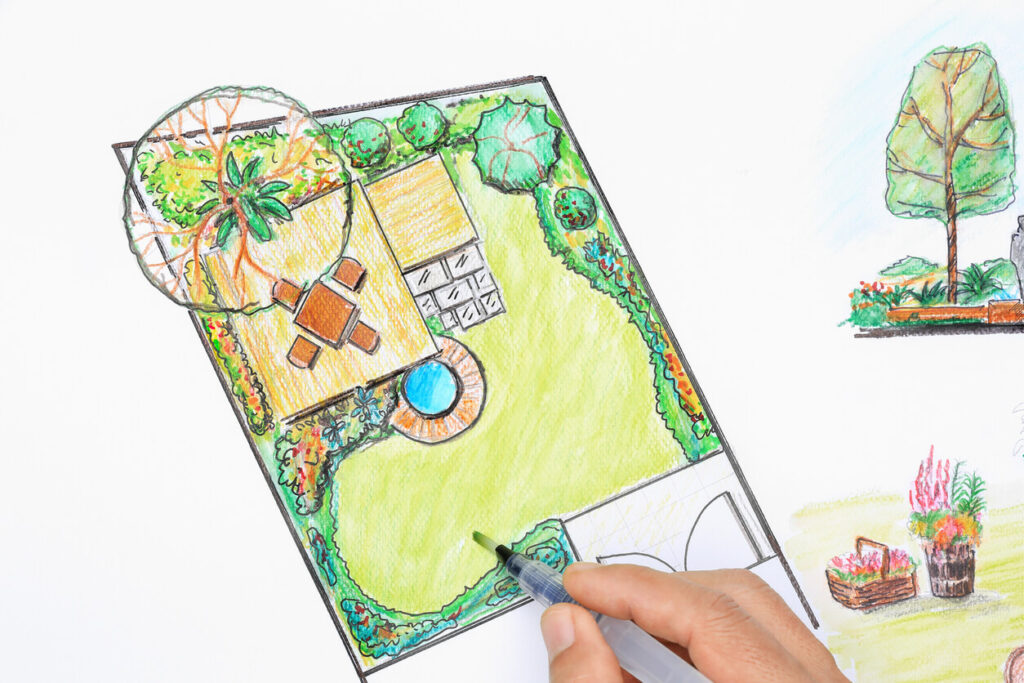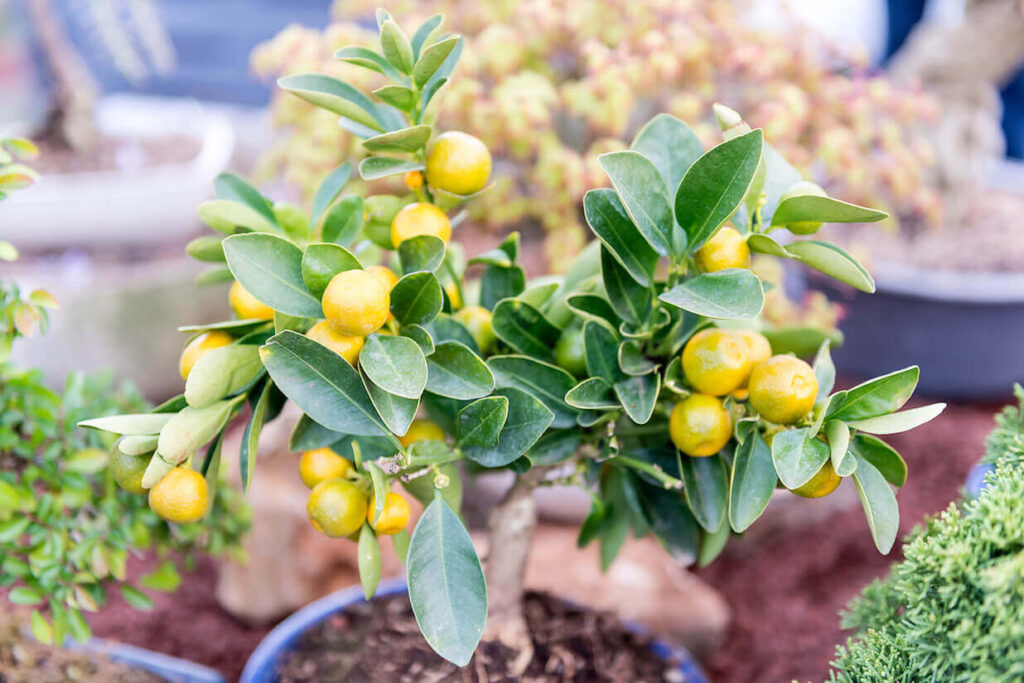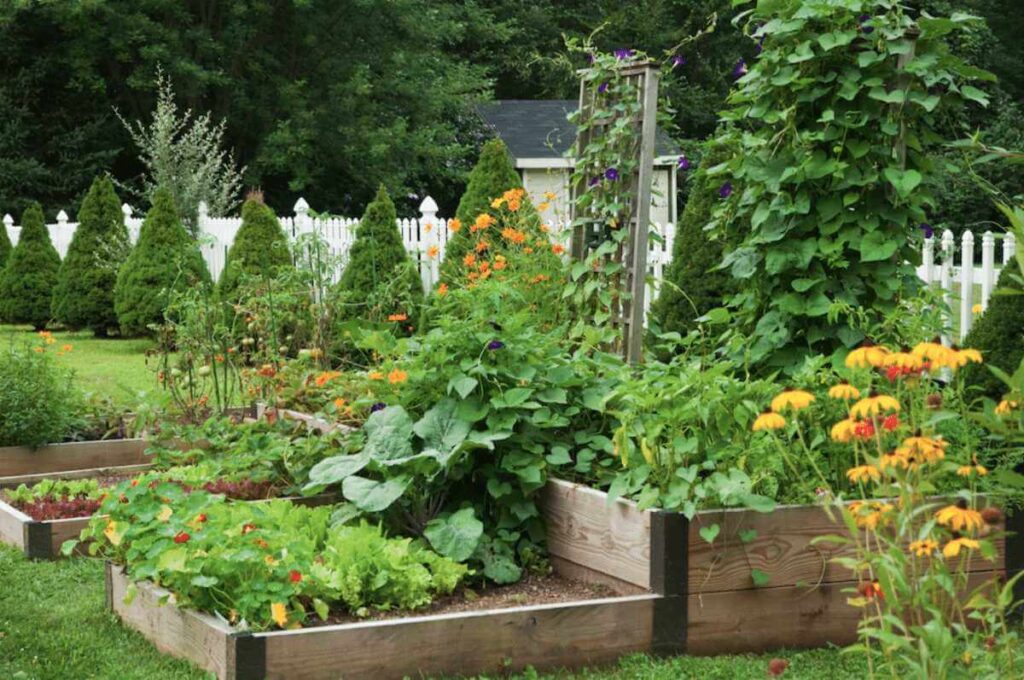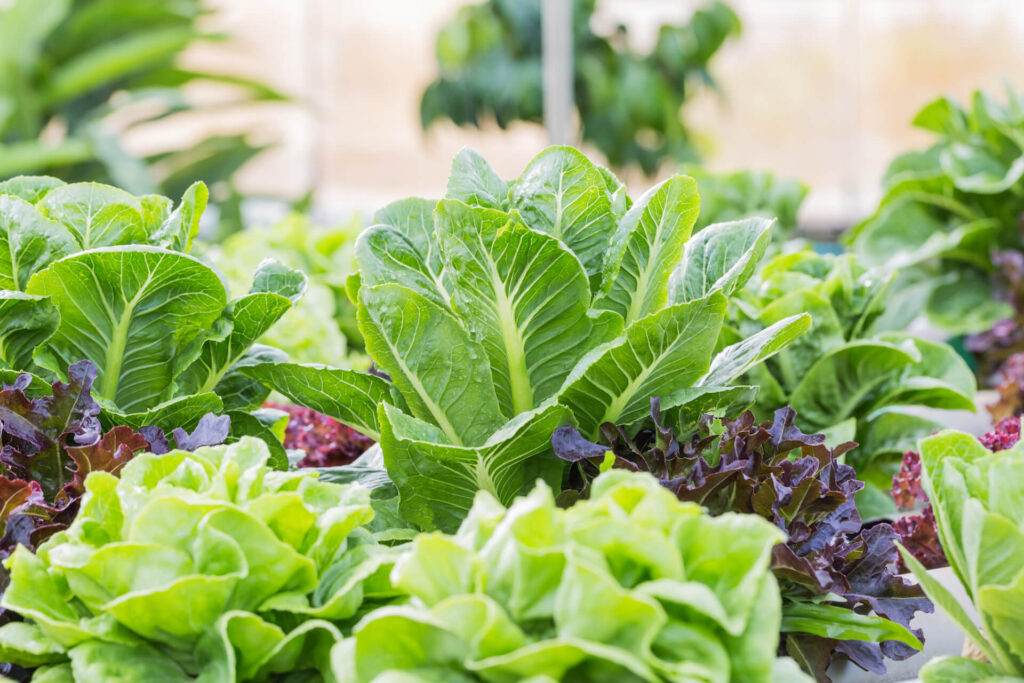Did you know it is possible to grow small clusters of vitamin-rich cauliflower in your garden? Cauliflower plants produce mild, sweet-tasting, and dense florets, which pack a punch when it comes to nutrient intake. Gardeners can all benefit from the help of our friends, and plants are no exception. Friendly plant neighbors can help vegetables like cauliflower in many ways. Find out how to use companion plants to increase plant production and yields today!
What is Companion Planting?
Companion planting refers to planting different plant varieties near each other for mutually beneficial purposes. These benefits include enhancing your garden’s design, fighting common pests, and plants’ flavor, and attracting beneficial insects.
Complementary planting makes your garden more efficient and allows you to grow various plants in a small area. Complementary planting is excellent for wildlife, pollinators, and soil health. Your garden’s productivity can be significantly improved by learning which cauliflower companion plants are the most productive.
Cauliflower Companion Plants
You can quickly increase your plants’ productivity using this companion plant list.
Celery
Celery is an excellent friend to plants from the brassica family, especially cauliflower. The celery leaves prevent the white cabbage moth from entering the garden and infiltrating your plants. This pest often munches through the leaves of cauliflower plants and destroys the plants’ viability.
Legumes
Cauliflower can be a big feeder and take up a lot of nutrients from the soil. As they grow and flourish, legumes restore nitrogen in the soil and can replenish the nutrients that cauliflower plants eat. These legumes can be planted alongside your cauliflower plants to fix nitrogen in the soil.
- Beans
- Lentils
Spinach and Swiss Chard
Spinach and swiss chard are excellent choices to place next to cauliflower plants. They use different soil nutrients, and their roots reach different soil layers than cauliflower.
Broccoli and Cabbage
Because they are members of the same family, broccoli, cabbage, and cauliflower have similar growing and planting requirements making them great sister crops to plant together.
Sage
Sage’s strong smell discourages many pests from infecting cauliflower with diseases. It can also attract pollinators into your garden, which increases biodiversity and harvests.
Thyme
Thyme can be used as a groundcover plant alongside cauliflower to keep weeds away and prevent roots from bolting. It has a strong smell that masks the cauliflower plants’ scent and tricks garden pests into avoiding your garden. The herb also attracts beneficial insects to the garden.
Marigolds
Marigolds can be worth more than their weight in gold when used in vegetable garden beds. They are great companion plants for many plants and have an unpleasant odor that deer, rabbits, and other ground pests will not like.
Plants to Avoid Growing with Cauliflower
Some plants are not designed to be interplanted because they can stunt or kill your cauliflower plants’ growth. These crops should not be planted near your cauliflower plants.
Strawberries
Strawberries are not the best companions to most plants in the brassica family. Not only are they poor neighbors, but strawberries can also be destructive to plants like cauliflower as they hinder their growth. Strawberries can also attract slugs, which can cause havoc to cauliflower plants.
Tomatoes
Tomatoes, like cauliflower, are heavy feeders. Plants that are close together will struggle for nutrients and limit both crops’ growth and production potential.
